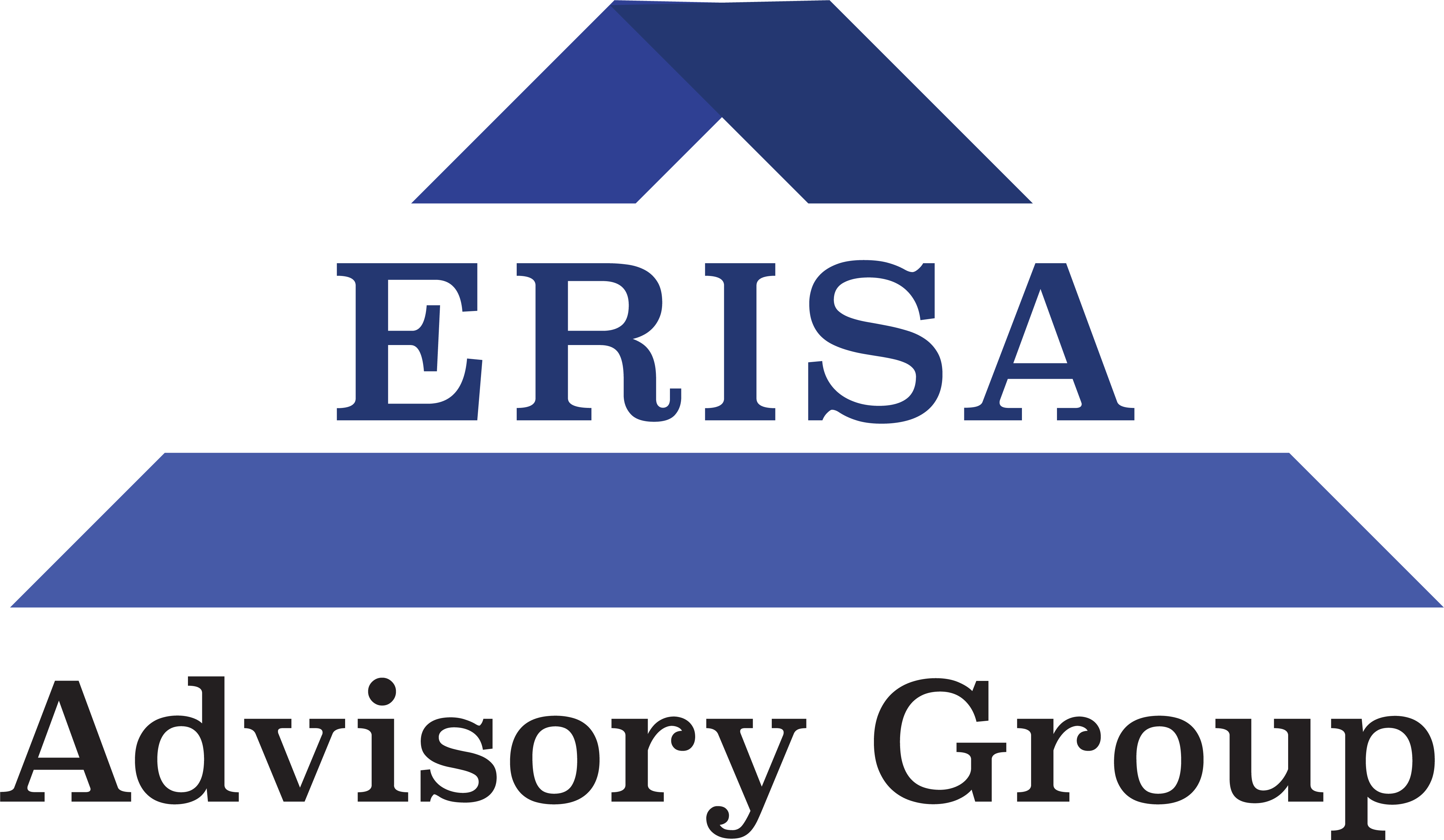ERISA INSIDER VOL. I, ED. V: Fiduciaries Make Mistakes Too. Don’t Worry, There’s A Correction Program For That…
If you operate an ERISA Plan, chances are you will face compliance issues. Luckily, the DOL offers Voluntary Fiduciary Correction Programs to help you keep your head above water.
Dear Fiduciary,
Have you ever worried about picking up the phone and hearing the voice of a DOL official on the other line?
*Gulp*
“Did I make a mistake on my documents?”
“Did they get a complaint from one of our employees?”
“Are they planning on auditing me?”
These questions would be racing through your mind as you ponder what you possibly could have done wrong. And let’s face it, it could be one of a thousand different things…
But, before you panic, let’s remember:
ERISA was passed to help protect the interests of plan participants & beneficiaries. Especially from employers who are selfish enough to put their own interests first, and possibly put their employees in harm’s way.
As scary as it may seem, the DOL doesn’t want to put Plan Sponsors and Fiduciaries out of business. Or bankrupt them personally.
However, they DO want to hold you to the highest standards as a fiduciary. Even if that means putting your own financial life at risk to protect those you serve.
The good news is, if you are an honest and well-meaning individual, even the DOL understands that people like you can make mistakes.
And given the difficult regulatory environment the DOL and its counterparts have created, they anticipate even the best Fiduciaries won’t dot every “i” and cross every “t” one hundred percent of the time.
Not to worry… there’s a correction program for that.
But, EBSA Audits Are A Real Thing. And They’re No Fun For Anyone…
If you’ve been keeping up with our newsletter, you would know that there are a number of issues that could make you the target of an EBSA audit.
Whether it’s making mistakes on your Form 5500, or engaging in Prohibited Transactions under ERISA…
The Department of Labor is poised to find any compliance issue that will give them the green light to come into your business and take a look under the hood.
And when they do, trust me, it won’t be pretty.
An EBSA audit means months (if not years) of turning over documents, answering questions, and the worst part. Waiting…
In the meantime, your fees to pay for lawyers and independent fiduciaries who may help your cause go up and up.
By the time you do finally hear back from the government, you could also be looking at a hefty bill of fines and possible subpoenas that will keep you bogged down with more paperwork and prep time to get you top notch for your court appearance.
Sounds fun, right?
It’s not.
Well, the best (and only) way to ensure that you never face the wrath of Uncle Sam raining on your parade is to:
- Master ERISA compliance rules so you avoid 99% of mistakes. And,
- Catch yourself in the act and take self-corrective action
It’s actually easier than it sounds.
Keep Calm, and Self-Correct. The DOL appreciates Honesty and Integrity…
It wouldn’t serve us any good if you weren’t aware of the downside of failing to take preventive action.
(In my experience, people fail to act if they think they have nothing to lose.)
On the other hand, you should feel relieved to know that the DOL understands that fiduciaries are people too. And people aren’t perfect.
That’s why they’ve set up two voluntary correction programs fiduciaries can participate in if they catch their own mistakes in time.
[WARNING: Once a phone call or letter from the DOL arrives, these voluntary correction programs are off the table. If you come to realize you’ve made a mistake, DO NOT wait to take action.]
Introducing: The Voluntary Fiduciary Correction Program (VFCP)
The DOL established the newest version of the Voluntary Fiduciary Correction Program (or VFCP) in 2006.
It was designed to encourage Fiduciaries who work on ERISA Health & Welfare and Qualified Retirement Plans to voluntarily take self-corrective action to avoid fines, penalties and excise taxes for being out of compliance.
The VFCP mainly focuses on the correction of transactional issues. According to the Department’s official fact sheet, the program covers the following transactions:
- Delinquent Participant Contributions and Participant Loan Repayments to Pension Plans
- Delinquent Participant Contributions to Insured Welfare Plans
- Delinquent Participant Contributions to Welfare Plan Trusts
- Fair Market Interest Rate Loans to Parties in Interest
- Below Market Interest Rate Loans to Parties in Interest
- Below Market Interest Rate Loans to Non-Parties in Interest
- Below Market Interest Rate Loans Due to Delay in Perfecting Security Interest
- Participant Loans Failing to Comply with Plan Provisions for Amount, Duration, or Level
Amortization - Defaulted Participant Loans
- Purchase of Assets by Plans from Parties in Interest
- Sale of Assets by Plans to Parties in Interest
- Sale and Leaseback of Property to Sponsoring Employers
- Purchase of Assets from Non-Parties in Interest at More Than Fair Market Value
- Sale of Assets to Non-Parties in Interest at Less Than Fair Market Value
- Holding of an Illiquid Asset Previously Purchased by Plan
- Benefit Payments Based on Improper Valuation of Plan Assets
- Payment of Duplicate, Excessive, or Unnecessary Compensation
- Improper Payment of Expenses by Plan
- Payment of Dual Compensation to Plan Fiduciaries
You should print out that list and tape it to your desk, because any one of those transactions going unchecked can put you in a world of trouble.
I encourage you to read through the entire fact sheet. It details the exact steps you need to take to apply for the VFCP, along with how to provide restitution to your plan and become exempt from excise taxes.
This process could potentially save you and your company hundreds of thousands if not millions of dollars.
Did You Fail To File Your Annual Form 5500 On Time?
This is a common problem plan fiduciaries face as they deal with all the other obligations that go along with managing their plan.
While I would never encourage a fiduciary to miss their deadlines, the DOL understands that problems can arise that prevent you from filing your Form 5500 on time.
Don’t worry, there’s a correction program for that.
It’s called the: Delinquent Filer Voluntary Compliance Program (DFVCP).
As you might expect, the bad news is if you are a Delinquent Filer you will be subject to a penalty.
(Just as if you filed your personal taxes past the IRS deadline.)
The good news is this program is designed to help you get back on track, and reduce potential fines you would receive if you fail to take corrective action fast.
It generally involves two steps:
Step 1 – File your Form 5500 on EFAST2 and select “DFVC program” on line “D” of Part I.
Step 2 – Calculate your penalty and pay it. (There is typically a base price for filing late on one or more plans depending on the size of the plan, along with a $10 fee for every day the filing is late.)
(See the official Delinquent Filer Voluntary Compliance Program Fact Sheet published by the U.S. Department of Labor)
The longer you let this go, the higher the penalty climbs. Even though it might feel uneasy to go through the process of being a delinquent filer, it’s best to just get it over with and take care of it through the program.
Moving forward, do your best to file your Form 5500 on time.
Do You Need Assistance In Applying For A DOL Fiduciary Correction Program? The ERISA Advisory Group Can Help.
Whether you’ve made a mistake when conducting a transaction, or you missed the deadline for filing your Form 5500, it’s not too late to take corrective action.
These Fiduciary Correction Programs exist to make your life easier, and help you learn from your mistakes.
After being in the ERISA Compliance business for over 25 years, we’ve seen it all at the ERISA Advisory Group.
Making mistakes is nothing to feel ashamed of. You just need to be proactive and take back control of your plan.
If you need help applying for one of these Correction Programs, or are unsure of what steps you need to take to get in compliance, please book a free consultation with us and we will help you get your footing back.
Putting this off will only make it worse. Instead, do the right thing and get back on track now so your business and its employees can feel secure knowing their interests are protected.
Let us help you.

